

|
|
Lethal Weapons RAF Leuchars in Fife, Scotland played host to the operational phase of the latest Qualified Weapons Instructor (QWI) course from 14-24th November 2005. Séan Wilson reports. The QWI course is organised by the Air Warfare Centre at RAF Waddington and this year would see aircraft from several RAF frontline units flying alongside USAF F-15C/Ds from the 493rd Fighter Squadron based at RAF Lakenheath, Suffolk.
Sqn Ldr Andrea McColl of the Air Warfare Centre
said “The QWI course lasts five months. It begins with
The RAF’s E-3D Sentry AEW.1 from 8/23 Squadron
acted as the command centre for the participating
In total a typical strike package involved approximately 30 aircraft. Harrier GR.7/GR.7As conducted close air support missions while Tornado GR.4/GR.4As operated in the strike and SEAD (Suppression of Enemy Air Defence) roles. Offensive and defensive air missions were carried out by Tornado F.3s. FR Aviation’s Dassault Falcon 20s operated in the electronic warfare role, providing communication and radar jamming. Together with F-15C/Ds, Tornado F.3s and Hawk T.1s these provided the opposition for the strike package.
During the ten day course F-15 pilots were seen
wearing the new Joint Helmet Mounted Cueing System
The QWI course is an essential part of pilot and navigator training. The successful students return as qualified weapons instructors now able to pass on weapons tactics to the other aircrew within their squadrons.
Participants: BLUE FORCE Type Squadron(s) Harrier GR.7/GR.7A/T.10 3, 20(R)* Hawk T.1A 19(R)* Hercules C.3 Lyneham Transport Wing E-3D Sentry AEW.1 23 Tornado F.3 25, 56(R)* Tornado GR.4 2, Lossiemouth Tornado Wing (12, 14, 15) Sea King ASaC.7 849 NAS
RED FORCE Type Squadron(s) F-15C/D 493rd FS Hawk T.1A 100 Tornado F.3 43 Falcon 20 FR Aviation * - QWI students were from 19(R), 20(R) and 56(R) Squadrons.
A similar version of this article first appeared in AirForces Monthly February 2006 pp8-9. Thanks to Sqn Ldr Andrea McColl without whose help this article would not have been possible. |
|
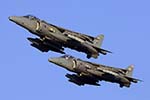 |
|
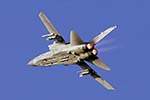 |
|
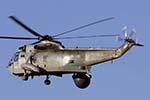 |
|
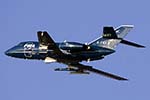 |
|
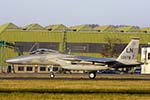 |
|
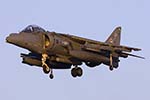 |
|
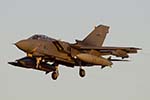 |
|
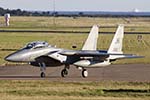 |
|
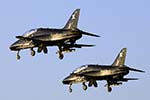 |
|
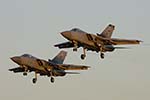 |
|
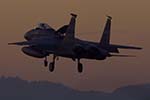 |
19 January 2006
© Séan Wilson 2005